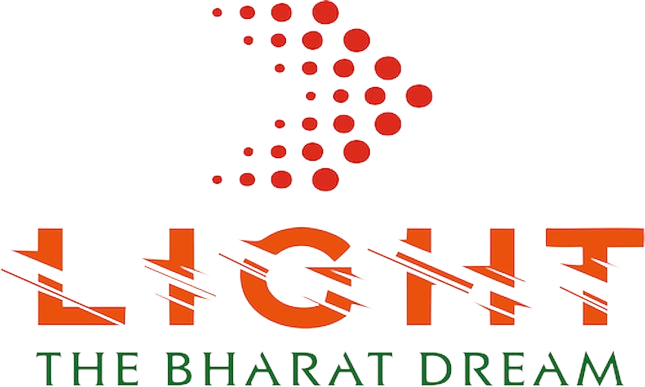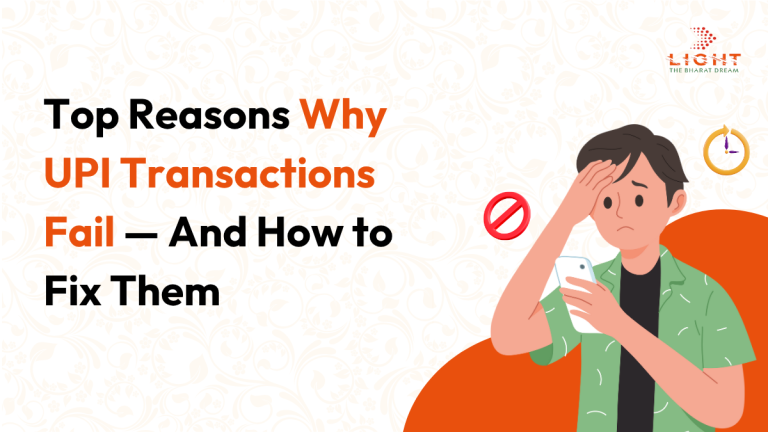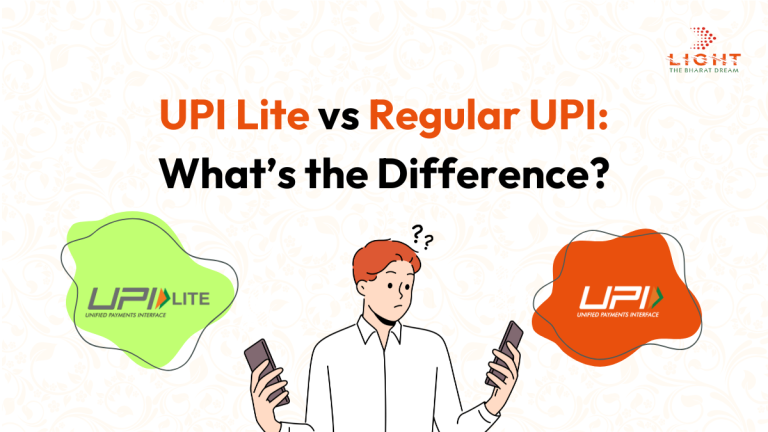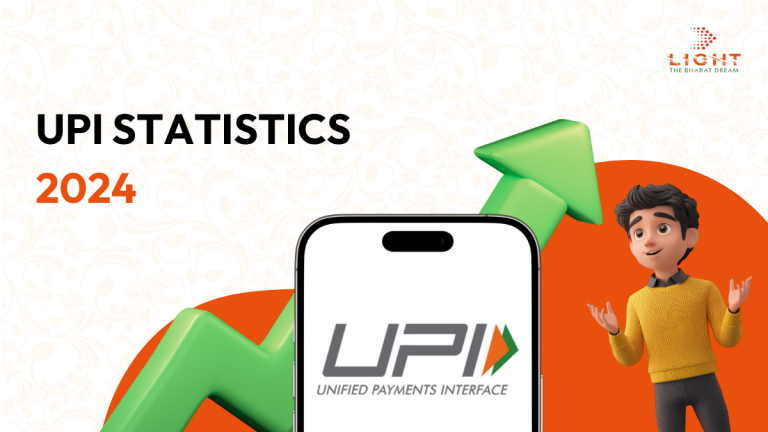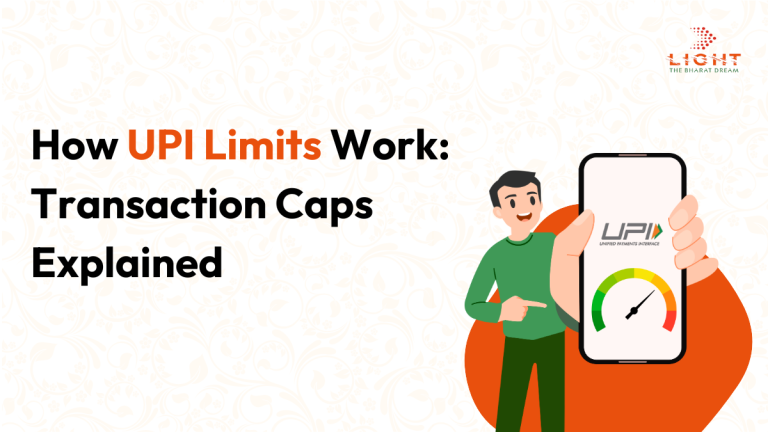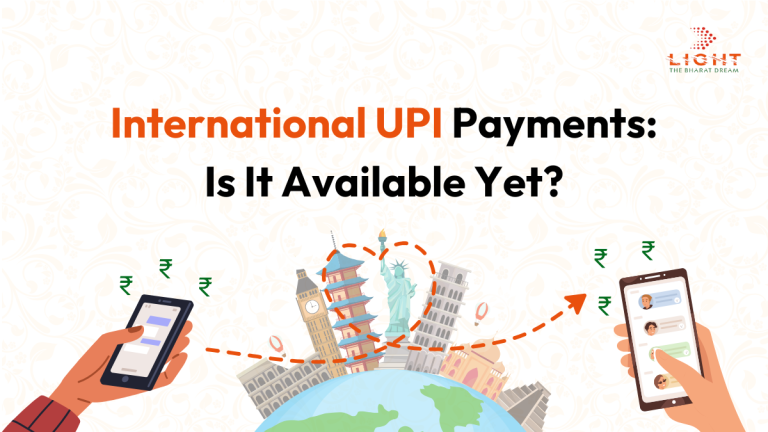How UPI Changed Digital Payments in India
Since its launch in April 2016 by the National Payments Corporation of India (NPCI), the Unified Payments Interface (UPI) has profoundly transformed the way India transacts. It has not only made digital payments mainstream but has become a critical pillar of India’s financial infrastructure, driving financial inclusion, business efficiency, and digital adoption at an unprecedented scale.
Explosive Transaction Growth
UPI’s growth story is one of the most remarkable in the global fintech space. From just ₹38.8 billion worth of transactions in FY 2016–17, UPI handled over ₹199.9 trillion in FY 2023-24-a staggering leap in under a decade.
- Record Peaks: In May 2024 alone, UPI processed 1,403 crore transactions worth over ₹20.45 trillion, and daily transactions are inching closer to the 1 billion mark. This dwarfs many global payment systems. For context, Visa reportedly handles ~650 million transactions daily worldwide.
- Rapid Adoption Across Demographics: UPI is no longer just an urban phenomenon. From tier-1 cities to small towns and even rural pockets, adoption has spread across socio-economic groups, thanks to affordable smartphones and lower mobile data costs.
- Festive Spikes: Festive seasons and sales events consistently push UPI to new transaction peaks. For example, during Diwali 2023, daily transactions crossed 40 crore in a single day-a testament to how deeply it’s integrated into consumer habits.
Dominance Within India’s Payment Ecosystem
UPI’s market share has been astonishing:
- Share of Digital Payments: UPI accounted for ~83% of all digital payment volumes in 2024. This is a huge leap from ~34% in 2019.
- Cash Displacement: While cash remains significant for small-value transactions, surveys by RBI and industry players show that urban consumers now default to UPI even for daily purchases under ₹100.
- Merchant Acceptance: Over 30 million merchants in India now accept UPI. QR codes are ubiquitous-in grocery stores, street vendors, salons, and even temple donation boxes.
- Government Payments: UPI powers multiple government initiatives. Subsidies, scholarships, tax refunds, and welfare benefits increasingly flow directly into citizens’ accounts via UPI-linked mechanisms.
Market Consolidation Among UPI Apps
Though UPI itself is open and interoperable, a few apps dominate usage:
- PhonePe and Google Pay: Together account for over 82% of UPI transactions by volume. In June 2025, PhonePe alone handled ~47% of UPI’s volume.
- Paytm and Others: Paytm, Amazon Pay, Cred, and new fintechs like Slice and Fi are vying for share, often innovating with credit-linked UPI features and loyalty programs.
- Market Share Caps: The NPCI proposed a 30% market cap per player to avoid monopolistic concentration, but implementation has been delayed multiple times due to ecosystem dependence on leading apps.
Spurring Financial Inclusion
UPI has been crucial in extending financial services to previously unbanked and underbanked segments:
- Bringing the Unbanked Into the Fold: Between 2014 and 2023, over 500 million new bank accounts were opened under the Jan Dhan Yojana, many now linked to UPI, empowering users with instant digital payments.
- Empowering Small Businesses: Small shopkeepers, vendors, and artisans use UPI to receive payments instantly. No need for costly card machines or settlement delays.
- Women’s Financial Access: Women’s usage of digital payments has grown dramatically. Studies from NABARD and NPCI show women are increasingly comfortable with digital transactions, especially for savings groups and micro-enterprise payments.
- Impact on Credit Access: Research from IIM Bangalore and ISB shows a 10% increase in UPI usage correlates with a 7% rise in credit access for underserved borrowers, with stable default rates.
Infrastructure and Feature Innovations
UPI is evolving beyond mere person-to-person payments:
- UPI 2.0: Added features like overdraft facilities, invoice attachments, and AutoPay mandates for subscriptions and bills.
- UPI Lite: For transactions under ₹500, UPI Lite processes payments entirely offline—useful in poor network areas.
- Interoperability with RuPay Cards: Recent moves aim to unify UPI and RuPay’s capabilities, offering broader acceptance domestically and internationally.
- Voice-Enabled Payments: New pilots allow users, especially elderly or less literate individuals, to make payments through voice commands.
- Credit on UPI: NPCI announced a roadmap to enable digital credit lines directly over UPI rails, turning UPI into a credit distribution platform.
- International Expansion: UPI is now live in multiple countries:
- UAE (Mashreq, Lulu Exchange)
- Singapore (Liquid Group)
- Nepal (Gateway Payments Service)
- Sri Lanka, Mauritius, Bhutan
NPCI has signed MoUs with over 15 nations for future rollouts, aiming for UPI to become a global payment standard.
Challenges and Sustainability
Despite its success, UPI faces hurdles:
- Zero MDR Dilemma: UPI remains free for users and small merchants, placing cost burdens on banks and payment service providers. Recent discussions suggest introducing nominal charges for high-value merchant transactions to sustain infrastructure.
- Fraud and Security Risks: As usage grows, so does the volume of fraud. In FY 2023–24, over 29,000 digital fraud incidents were reported, totaling ₹1,457 crore. Awareness campaigns are ongoing, but education gaps persist.
- Technical Glitches: Surge times, like festival sales, sometimes strain infrastructure, leading to payment failures. NPCI has scaled systems massively but maintaining uptime during peak loads remains a technical challenge.
- Market Concentration Risks: Excess reliance on a few apps raises concerns about market resilience. Should a dominant player face outages, it could disrupt nationwide transactions.
The Road Ahead: UPI Becomes a Global Powerhouse
Looking forward:
- Global Acceptance: NPCI aims for UPI to achieve the same acceptance abroad as Visa or MasterCard. Trials are already underway in the Middle East, Southeast Asia, and Europe.
- One Billion Daily Transactions Goal: NPCI targets UPI to process one billion transactions per day by FY 2026–27-a leap from the current 18-20 billion monthly volumes.
- Integration with Digital Identity: Combining UPI with India’s digital ID stack (Aadhaar, DigiLocker, ONDC) will enable frictionless financial and non-financial services.
- Offline and IoT Payments: Future UPI versions will support payments through smart devices like wearables and cars, making payments seamless in day-to-day life.
Conclusion
UPI’s story is not merely about payments-it’s a symbol of India’s digital transformation. From modest beginnings to handling over ₹199 trillion annually, UPI has democratized digital finance, empowered small businesses, and set an example for fintech innovation globally. While challenges remain, UPI’s trajectory suggests it will remain at the heart of India’s-and possibly the world’s-digital economy in the years ahead.
